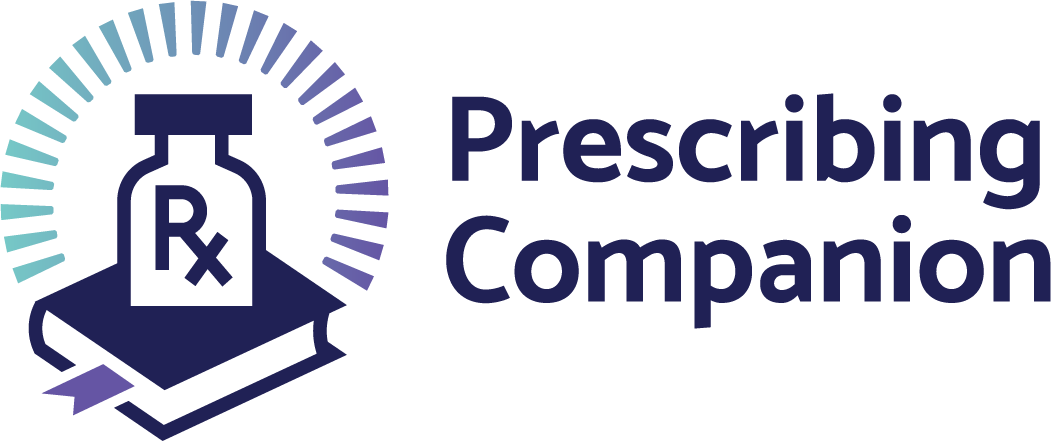Description
Bacillary dysentery is caused by the bacteria Shigella which has a short incubation period, usually being 2 days.
Signs and Symptoms
- Acute onset, Malaise
- Fever, Watery diarrhoea
- Bloody diarrhoea with mucus
- Faecal urgency
- Severe cramping abdominal pain
- Nausea
- Vomiting
- Headache
- Convulsions (in children)
- Tenesmus
- Mild or moderate dehydration
Investigations
- Stool Microscopy may show leukocytes
- Stool culture and susceptibility test
Treatment
- Ciprofloxacin - children 15mg/kg; Adults 500mg twice daily for 5 days
OR
- Nalidixic Acid - Adult: 1g orally 4 times a day for 7 days
- Child: 50mg/ kg body weight orally in 4 divided doses for 7 days
OR
- Ceftriaxone 1g once daily for 3 – 5 days
NB: Use of Ciprofloxacin in children is contraindicated except where the benefit outweighs the risk.
Complications
Complications of Shigella type 1 infection include:
- Arthritis, Conjunctivitis
- Colonic perforation, Septicaemia
- Haemolytic uraemia syndrome
- Metabolic disorders, Encephalopathy
- Toxic megacolon and Rectal prolapse in children
Prevention:
- Drink clean, boiled/chlorinated water
- Good sanitation
- Good personal hygiene
